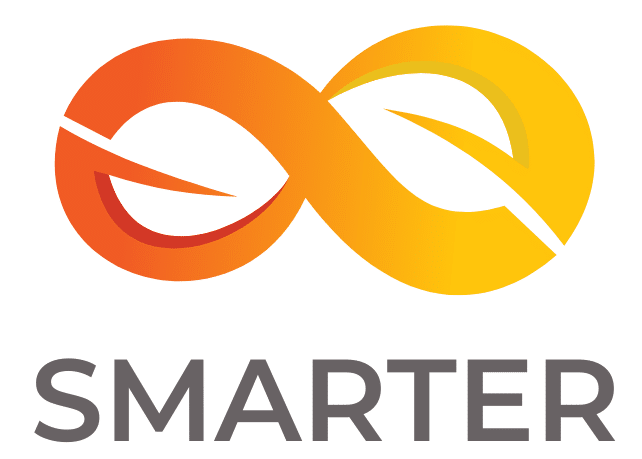12-Factor Methodology
This project conforms to 12-factor methodology . The 12-Factor methodology is a set of best practices for building modern, scalable, maintainable software-as-a-service apps. These principles were first presented by engineers at Heroku, a cloud platform as a service (PaaS) company. Following are the salient points of how this project adopts these best practices.
-
- Codebase : [✅] One codebase tracked in revision control, many deploys
-
- Dependencies : [✅] Explicitly declare and isolate dependencies. We're using Terraform's built-in package lock, Python's requirements files, and NPM's package.json to declare dependencies.
-
- Config : [✅] Store config in the environment. This project implements a special Settings class, which both validates and stores all configuration information for the package.
-
- Backing services : [✅] Treat backing services as attached resources. We're using LangChain in this project to further abstract the code from the technical specifics of whichever LLM we use for prompting.
-
-
Build, release, run
: [✅] Strictly separate build and run stages.
Buildis implemented in Makefile,releaseis implemented as a GitHub Action, andrunis independently managed by AWS API Gateway.
-
Build, release, run
: [✅] Strictly separate build and run stages.
-
- Processes : [✅] Execute the app as one or more stateless processes. This REST API as well as the Lambda functions it calls are stateless.
-
- Port binding : [✅] Export services via port binding. This micro service listens on ports 80 and 443.
-
- Concurrency : [✅] Scale out via the process model. We achieve this "for free" since we're using AWS serverless infrastructure, which is inherently and infinitely scalable.
-
-
Disposability
: [✅] Maximize robustness with fast startup and graceful shutdown. Terraform takes care of this for us. Running
terraform destroywill completely remove this project and any residual data from your AWS account.
-
Disposability
: [✅] Maximize robustness with fast startup and graceful shutdown. Terraform takes care of this for us. Running
-
- Dev/prod parity : [✅] Keep development, staging, and production as similar as possible. The GitHub Action pushMain.yml executes a forced merge from main to dev branches. This ensure that all dev branches are synced to main immediately after pull requests are merged to main.
-
- Logs : [✅] Treat logs as event streams. We get this "for free" by using AWS Cloudwatch.
-
- Admin processes : [✅] Run admin/management tasks as one-off processes. All admin processes are implemented with GitHub Actions and other GitHub management features. The Terraform command lines services as our admin console for this API.


